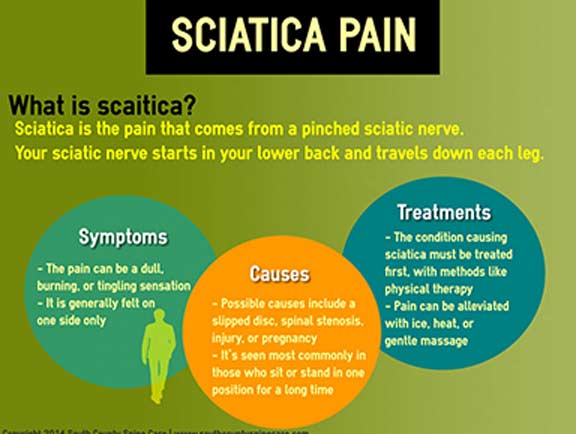The Effect Of Stance On Pain In The Back: How To Maintain Great Positioning Throughout The Day
The Effect Of Stance On Pain In The Back: How To Maintain Great Positioning Throughout The Day
Blog Article
Author-Houghton Bennett
Preserving appropriate position isn't practically sitting up straight; it has to do with aligning your body in a manner that supports your back and decreases the risk of back pain. The way you sit, stand, and move throughout the day can considerably affect your spine health. But just how exactly can you make certain great placement constantly, even during busy days full of various activities? Allow's dig deeper right into the refined yet impactful adjustments you can make to your day-to-day regimen to keep your back delighted and healthy.
Importance of Correct Posture
Appropriate pose is crucial in maintaining a healthy back and protecting against discomfort. When you sit or stand with great stance, your back is in alignment, reducing strain on your muscles, tendons, and joints. This positioning allows the body to distribute weight equally, avoiding too much tension on particular areas that can lead to discomfort and pain. By maintaining your spine appropriately lined up, you can additionally improve your breathing and digestion, as slouching can press organs and restrict their functionality.
Moreover, maintaining excellent position can improve your general look and self-esteem. When you stand tall with your shoulders back and head held high, you show confidence and appear even more friendly. Great pose can additionally make you feel extra invigorated and alert, as it promotes correct blood flow and enables your muscle mass to work effectively.
Including correct position right into your daily routine, whether resting at a workdesk, strolling, or working out, is vital for stopping pain in the back and promoting general health. Bear in mind, a little modification in just how you hold on your own can make a significant difference in how you really feel and function throughout the day.
Common Postural Mistakes
When it involves maintaining great posture, many individuals unwittingly make common errors that can contribute to back pain and pain. One of one of the most common errors is slumping over or stooping over while sitting or standing. This position places too much strain on the spine and can bring about muscle mass inequalities and pain in the long run.
One more common mistake is overarching the reduced back, which can flatten the all-natural curve of the spinal column and create discomfort. Furthermore, crossing legs while sitting may really feel comfortable, however it can produce an imbalance in the hips and pelvis, bring about postural problems.
Using a cushion that's too soft or also strong while resting can likewise influence your placement and add to back pain. Finally, frequently craning your neck to look at screens or adjusting your placement often can stress the neck and shoulders. Being mindful of these usual postural mistakes can assist you preserve better alignment and minimize the risk of pain in the back.
Tips for Correcting Placement
To improve your positioning and reduce back pain, it's important to concentrate on making small changes throughout your day-to-day regimen. Beginning by being gentle chiropractic care of your position. When sitting, ensure healing back pain are flat on the flooring, your back is straight, and your shoulders are unwinded. Avoid slouching or leaning to one side. Use ergonomic chairs or pillows to support your lower back.
When standing, disperse your weight equally on both feet, keep your knees a little bent, and tuck in your pelvis. Engage your core muscles to sustain your spine. Take breaks to stretch and walk around if you have a sedentary task. Include workouts that enhance your core and back muscle mass, such as planks or bridges.
While sleeping, utilize a cushion that sustains the all-natural contour of your neck to maintain appropriate spine positioning. Stay clear of sleeping on your stomach, as it can stress your neck and back. By being waist pain of these suggestions and making small modifications, you can progressively remedy your positioning and reduce pain in the back.
Conclusion
Bear in mind, keeping great stance is key to avoid pain in the back and advertising back wellness. By bearing in mind your positioning, distributing weight evenly, and involving your core muscular tissues, you can reduce stress on your back and reduce the risk of pain and injury. Incorporate ergonomic support, take regular breaks to stretch, and enhance your core and back muscular tissues to preserve proper alignment throughout the day. Your back will thank you for it!
